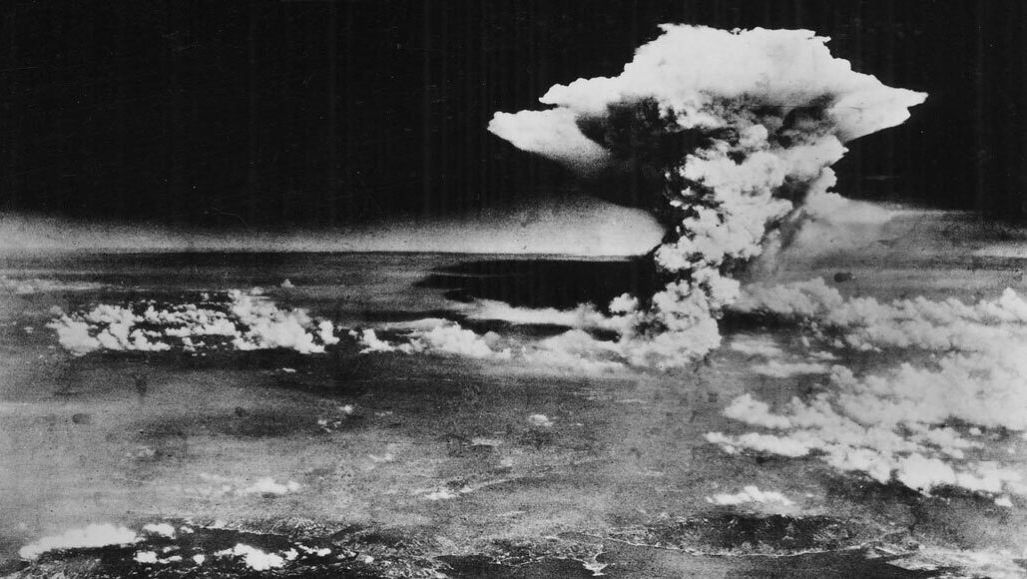By: Catherine Cai
The first nuclear explosion in 1945 caused a humongous fallout cloud that would endanger residents as far as Canada. The Trinity project was the first of its kind, and at the time little was known about how far the radiation from the explosion would spread. The scientists were preoccupied with the heaviest fallout but failed to consider the danger of low radiation.
The bomb was more powerful than anticipated as “the irradiated mushroom cloud also went many times higher into the atmosphere than expected: some 50,000 to 70,000 feet” (NYT).
The wind pushed the radiation cloud farther inland, and radioactive waves covered much of the US within ten days. No emergency warning was made, and no civilians were evacuated.
The research concerning the impact of the Trinity explosion was conducted recently. Part of the reason is because of the prolonged time frame. Methods to estimate the internal dose of radiation are complicated by “lack of information on changes in diets and in bioavailability of the environmental contamination over successive years” (NIH). However, evidence has been unearthed, and exposure to the fallout has been shown to skyrocket people’s chances of developing cancer.
One of the victims of the Trinity bomb was Barbara Kent. Kent was thirteen years old was attending a summer camp near the detonation site in 1945 when the bomb was detonated. She remembers watching it snow and said “yet it was real warm…We put it on our hands and were rubbing it on our face, we were all having such a good time … trying to catch what we thought was snow” (NTI). She was later diagnosed with four different types of cancer. Out of the twelve girls that attended the camp, “Kent is the only living survivor. The other 11 died from various cancers…In the years following the Trinity test, thousands of residents developed cancers and diseases that they believe were caused by the nuclear blast” (NTI). Due to the harm inflicted on their bodies, more civilians have been seeking compensation.
Some residents, called downwinders for their location, have been lobbying for seventy-six years to receive government recognition. After the blast and another uranium incident, “they and their families have never been compensated with reparations, not even receiving support with basic health care costs” (NIRS). They feel wronged, as this was the government’s idea and the civilians had no idea that they would be affected this badly. In answer to this plea, the government set up the Radiation Exposure Compensation Act (RECA) in 1990. The act aimed to help the people affected by the radiation fallout. As of May 2022, the program has been extended for two years and is set to terminate in June 2024.
Even though the results from the first nuclear blast ended a war and saved many lives, the cost of saving the world came with a price.
Sources: Trinity Nuclear Test’s Fallout Reached 46 States, Canada and Mexico, Study Finds – The New York Times, Estimated Radiation Doses Received by New Mexico Residents from the 1945 Trinity Nuclear Test – NIH, Remembering the First Victims of the Atomic Bomb – Nuclear Threat Initiative, Justice for Downwinders: Remembering the Trinity Bomb Blast and Church Rock Uranium Disaster · NIRS











